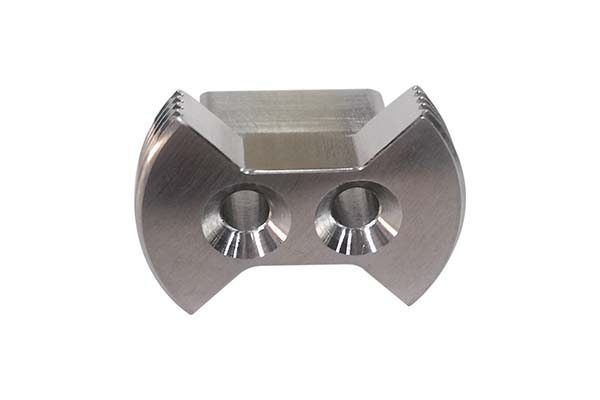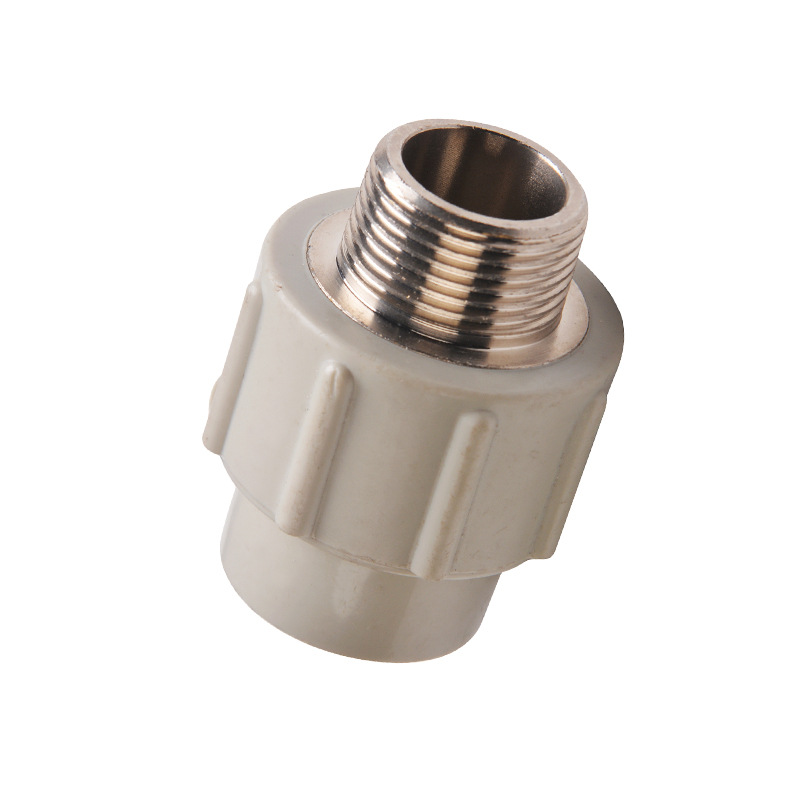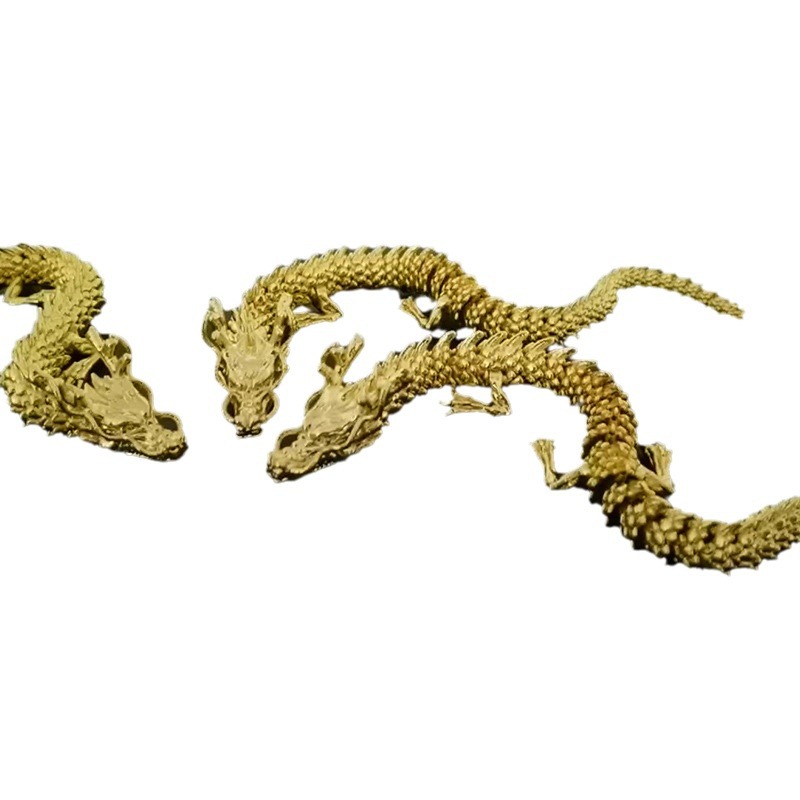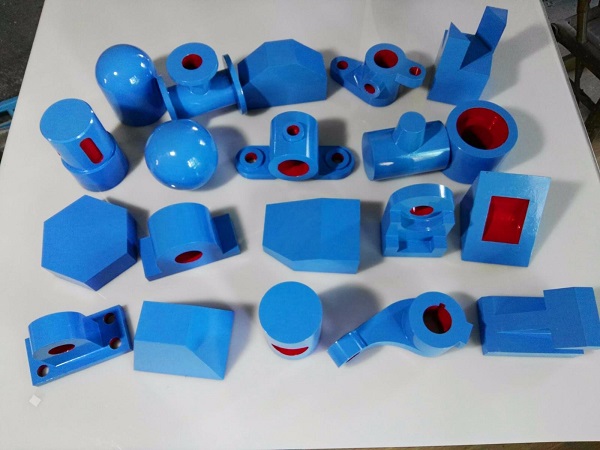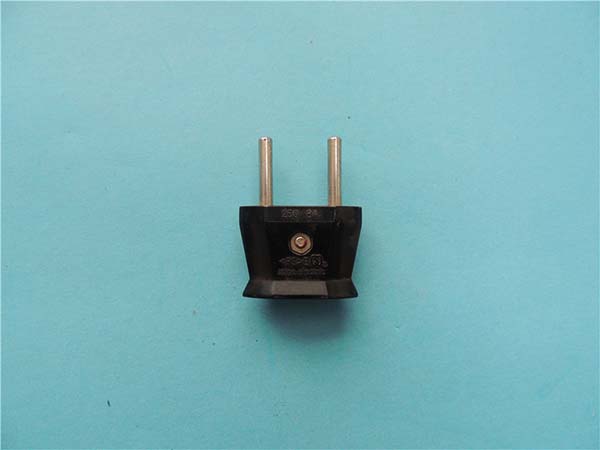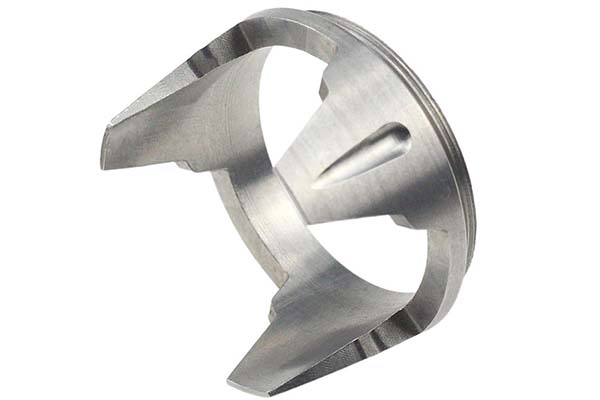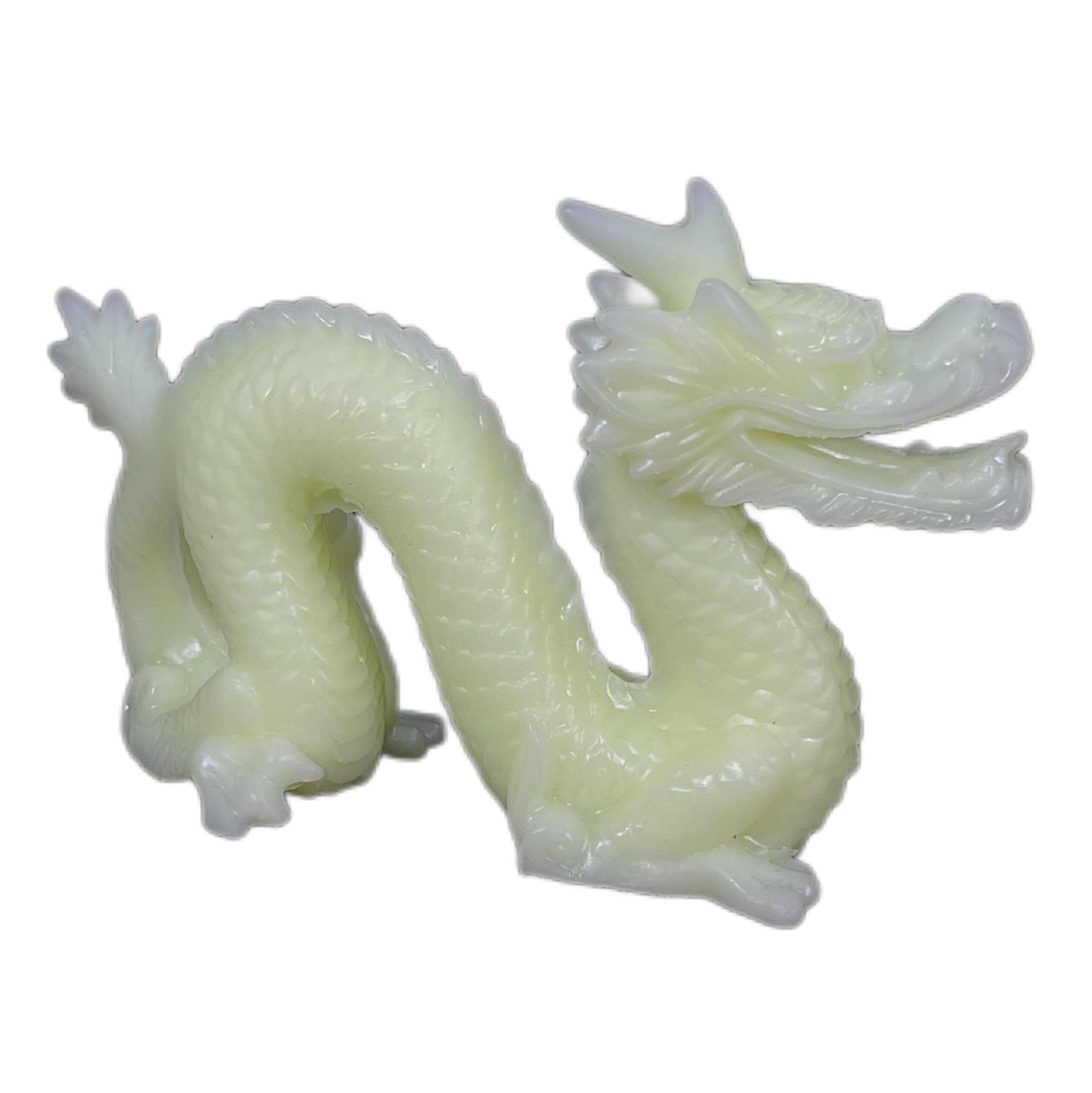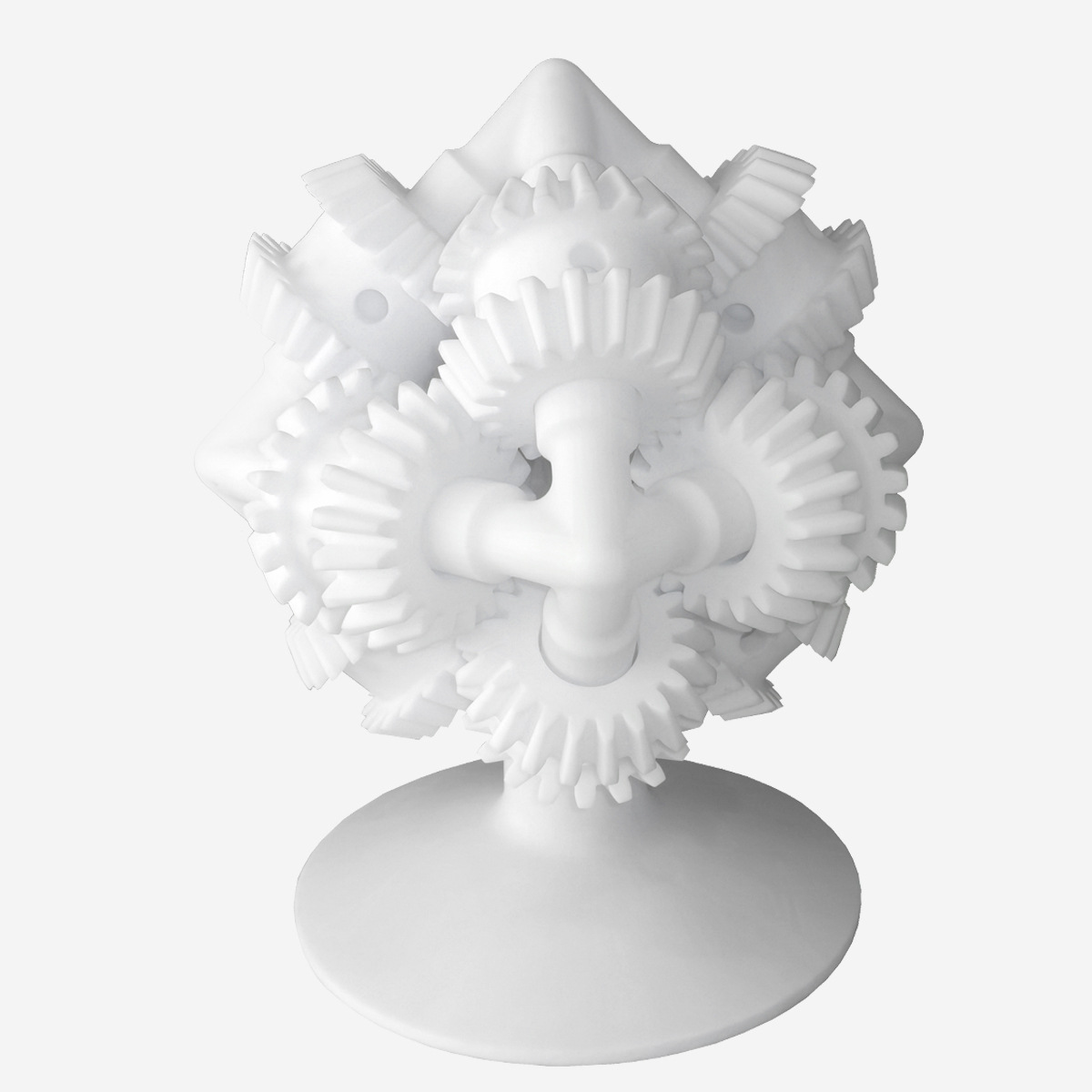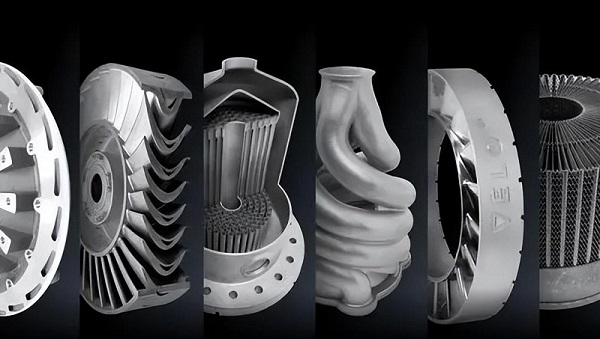1. Introduction
In the ever - evolving landscape of modern manufacturing, metal printing, also known as metal 3D printing or additive manufacturing, has emerged as a revolutionary technology. It is rapidly transforming the way products are designed, prototyped, and produced. This innovative manufacturing method is not just a passing trend but a fundamental shift that is redefining the rules of the manufacturing game.
The applications of metal printing span across multiple industries. In the aerospace sector, it is used to produce lightweight yet strong components for aircraft engines and airframes, reducing fuel consumption and increasing performance. The automotive industry is leveraging metal printing to manufacture custom - designed parts, enabling faster prototyping and more efficient production of specialized vehicles. In the medical field, metal printing is making it possible to create patient - specific implants that perfectly match the unique anatomy of individuals, improving the effectiveness of medical treatments.
As Yigu Technology look ahead, the potential of metal printing to shape the future of manufacturing is staggering. It has the power to disrupt traditional supply chains, enable on - demand production, and drive innovation in product design. In the following sections, we will delve deeper into the various aspects of metal printing, exploring its technologies, advantages, challenges, and real - world applications, and how it is set to revolutionize the manufacturing industry in the years to come.
2. Understanding Metal Printing
2.1 Definition and Basics
Metal printing, a subset of 3D printing technology, is revolutionizing the manufacturing industry by enabling the creation of three - dimensional objects through the layer - by - layer deposition of metal materials. At its core, metal printing follows the same principle as traditional 3D printing, which is based on the additive manufacturing concept. However, what sets metal printing apart is its utilization of metal - based raw materials, such as metal powders or filaments.
Traditional 3D printing has been widely used for prototyping and producing parts from materials like plastics and resins. Metal printing takes this a step further, allowing manufacturers to create end - use metal components with high strength, durability, and heat resistance. The process begins with a digital 3D model, which is sliced into thin layers by specialized software. A 3D printer then reads these sliced layers and deposits the metal material accordingly, gradually building up the object.
For Yigu Technology example, in a typical metal printing process using metal powder, a powder bed is first created. A laser or an electron beam is then used to selectively melt the powder in the areas corresponding to the cross - section of the object's layer. Once a layer is completed, another layer of powder is spread on top, and the process is repeated until the entire object is formed. This additive approach contrasts sharply with traditional subtractive manufacturing methods, such as machining, where material is removed from a larger block to create the desired shape, often resulting in significant material waste.
2.2 Key Technologies Involved
The following Yigu Technology table summarizes the key characteristics of these metal - printing technologies:
| Metal - Printing Technology | Energy Source | Printing Environment | Material State | Precision | Speed | Material Range |
| Selective Laser Melting (SLM) | Laser | Inert gas or vacuum (usually inert gas) | Powder | High (feature sizes 50 - 100 micrometers in advanced systems) | Moderate | Limited to metals with good laser - absorption properties (e.g., stainless steel, titanium, cobalt - chromium alloys) |
| Electron Beam Melting (EBM) | Electron beam | Vacuum | Powder | Moderate | High (due to high - speed electron - beam movement) | Mainly conductive metals (e.g., titanium, nickel - based superalloys) |
| Direct Metal Laser Sintering (DMLS) | Laser | Inert gas | Powder | Moderate - high | Moderate | Wide range of metals (stainless steel, aluminum, cobalt - chromium alloys, etc.) |
| Binder Jetting | Liquid binder (deposited like inkjet) | Ambient or controlled atmosphere | Powder | Moderate (depends on printer resolution) | High | Wide range of metals, can also be used with non - metal powders for composite parts |
3. The Current Landscape of Metal Printing in Manufacturing
3.1 Market Growth and Adoption
Let's take a look at the adoption of metal printing in different industries:
| Industry | Adoption Level | Reasons for Adoption |
| Aerospace | High | Lightweight component production, complex geometries for engine parts, reduced lead times for spare parts |
| Automotive | Medium - High | Custom - designed parts for performance vehicles, rapid prototyping, reduced tooling costs for low - volume production |
| Medical | Medium | Patient - specific implants, dental prosthetics, research and development of medical devices |
| Tooling and Molds | Medium | Conformal cooling channels in molds, reduced production time for complex tooling |
| Consumer Goods | Low - Medium | Custom - made jewelry, small - scale production of unique consumer products |
In the aerospace industry, companies like Boeing and Yigu Technology have been early adopters of metal printing. Boeing has used metal 3D - printed parts in its aircraft, such as brackets and fittings. These parts are not only lighter but also offer better performance due to their optimized designs. The ability to produce complex geometries allows for the creation of parts with improved aerodynamics and structural integrity.
The automotive industry is also seeing increased adoption. For example, Volkswagen has been exploring the use of metal printing for the production of engine components and custom - designed parts for its high - performance vehicles. Metal printing enables faster prototyping, allowing automotive manufacturers to bring new models to market more quickly. It also reduces the need for expensive tooling in the production of low - volume or specialized parts.
3.2 Case Studies of Early Adopters
- GE Aviation
- Background: GE Aviation is a leading player in the aerospace industry, and it has been at the forefront of adopting metal printing technology. The company recognized the potential of metal 3D printing to revolutionize the manufacturing of aircraft engine components.
- Application case: One of the most notable examples is the production of the LEAP engine fuel nozzle. Using metal printing, GE Aviation was able to combine multiple components into a single, integrated part. Previously, the fuel nozzle was made up of over 20 parts that were assembled together. With metal printing, these parts were consolidated into one, reducing the number of joints and potential failure points.
- Advantage:
- Design optimization: The new design, made possible by metal printing, allowed for better fuel - air mixing, resulting in improved engine efficiency. This led to reduced fuel consumption and lower emissions, which are crucial factors in the aerospace industry.
- Improvement in production efficiency: The production process was streamlined as there was no longer a need for complex assembly operations. The lead time for producing the fuel nozzles was significantly reduced, enabling GE Aviation to meet the high - demand for the LEAP engine more effectively.
- Cost control: Although the initial investment in metal - printing equipment was high, in the long run, the cost of production was reduced. Fewer parts meant less inventory management and lower assembly costs. Additionally, the improved performance of the fuel nozzle translated into lower maintenance costs for the engines.
5. Metal Printing vs Traditional Manufacturing Methods
5.1 A Tabular Comparison
Metal printing, with its innovative additive manufacturing approach, offers a distinct set of advantages and disadvantages when compared to traditional manufacturing methods such as casting, forging, and machining. The following Yigu Technology table outlines a detailed comparison in terms of cost, production cycle, material utilization, and design freedom:
| Comparison Aspect | Metal Printing | Casting | Forging | Machining |
| Cost (Low - Volume Production, e.g., 1 - 100 units) | High initial equipment cost, but relatively low per - unit cost for complex parts due to no need for tooling. Material cost can be high. For example, in a small - scale production of 50 custom - designed metal brackets, the cost of metal printing may be $5000 including equipment amortization, material, and labor. | High tooling cost for molds. Low - volume production can be costly as the mold cost is not spread over a large number of units. For the same 50 brackets, casting might cost \(8000 considering mold making (\)5000) and production costs. | High equipment and tooling costs. High labor cost for skilled operators. Low - volume forging of these brackets could cost around $7000. | High labor cost for programming and operating machines. Material waste can increase costs. Machining 50 brackets may cost $6000. |
| Cost (High - Volume Production, e.g., 1000 + units) | High equipment and material costs still play a role. While per - unit cost reduces, it may still be higher than traditional methods for simple parts. For 1000 brackets, metal printing cost could be $50000. | Low per - unit cost as mold cost is spread. Cost - effective for high - volume production. Casting 1000 brackets might cost $30000. | Economical for high - volume production due to economies of scale. Forging 1000 brackets could cost around $25000. | Economical for high - volume production with proper optimization. Machining 1000 brackets may cost $35000. |
| Production Cycle (Low - Volume) | Short. Can be completed in a few hours to a few days depending on part complexity. For the 50 brackets, it could be completed in 2 - 3 days. | Long. Mold making, casting, and post - processing can take weeks. For the 50 brackets, it may take 3 - 4 weeks. | Long. Requires time for die - making, heating, and multiple forging operations. For the 50 brackets, it may take 2 - 3 weeks. | Medium. Depends on complexity and machine availability. For the 50 brackets, it may take 1 - 2 weeks. |
| Production Cycle (High - Volume) | Slower compared to traditional methods for high - volume production as it is a layer - by - layer process. For 1000 brackets, it may take 2 - 3 months. | Fast for high - volume production once the mold is ready. Can produce large quantities in a short time. For 1000 brackets, it may take 1 - 2 months. | Fast for high - volume production with efficient die - handling and production lines. For 1000 brackets, it may take 1 - 1.5 months. | Fast for high - volume production with automated machining lines. For 1000 brackets, it may take 1.5 - 2 months. |
| Material Utilization | High. Adds material only where needed, with minimal waste. Material utilization can reach over 90% in some cases. | Low. Excess material is often removed during post - processing. Material utilization may be around 30 - 50% depending on the casting process and part complexity. | Medium. Some material is lost during trimming and finishing. Material utilization is typically around 60 - 70%. | Low. Subtractive process results in significant material waste. Material utilization may be as low as 20 - 40% for complex parts. |
| Design Freedom | High. Can create complex geometries, internal structures, and lattice patterns with ease. There are virtually no limitations on design complexity. | Limited. Complex designs may require multiple molds or post - processing operations. Internal structures are difficult to create. | Limited. Complex shapes are challenging to achieve without multiple forging steps and complex dies. | Limited. Complex geometries can be time - consuming and costly to machine. Some internal structures are difficult to access. |
In summary, metal printing is best suited for applications where design complexity, customization, and rapid prototyping are crucial, especially in low - volume production. Traditional manufacturing methods, on the other hand, remain more cost - effective and efficient for high - volume production of simple to moderately complex parts. However, as metal - printing technology continues to advance and costs decrease, its application scope may expand to compete more directly with traditional manufacturing methods in a wider range of scenarios.
8. Conclusion
Yigu Technology Metal printing is undeniably reshaping the future of manufacturing in profound ways. It has emerged from being a nascent technology to a disruptive force across multiple industries, from aerospace to healthcare. By offering unprecedented design freedom, reduced material waste, and the ability to create customized parts, metal printing has the potential to revolutionize supply chains and manufacturing processes.
The key technologies in metal printing, such as SLM, EBM, DMLS, and binder jetting, each bring unique advantages, enabling manufacturers to choose the most suitable method based on their specific requirements. Early adopters in various industries have already reaped the benefits, from cost - savings and improved product performance to enhanced supply chain flexibility.
FAQs
1. What are the most common materials used in metal printing?
The most common materials used in metal printing include stainless steel, titanium, aluminum, cobalt - chromium alloys, and nickel - based superalloys. These materials are chosen for their strength, durability, and heat - resistance properties, making them suitable for a wide range of applications in industries such as aerospace, automotive, and medical.
2. How accurate is metal printing compared to traditional manufacturing methods?
Metal printing can achieve high precision, with some advanced systems capable of feature sizes as small as 50 - 100 micrometers. In comparison, traditional manufacturing methods like machining can also achieve high accuracy but may have limitations when it comes to complex geometries. For simple parts, traditional machining can be very accurate, often within a few micrometers. However, for complex internal structures or lattice patterns, metal printing has an edge in terms of accurately reproducing the design.
3. Is metal printing cost - effective for small - scale production?
For small - scale production, metal printing can be cost - effective, especially for complex parts. It eliminates the need for expensive tooling and molds required in traditional manufacturing methods. Although the initial equipment cost is high, the per - unit cost for complex parts can be relatively low as it reduces the need for multiple machining operations and assembly. For example, in producing a small batch of custom - designed brackets, metal printing may be more cost - effective than casting or forging, which have high tooling costs that are not easily amortized over a small number of units.
